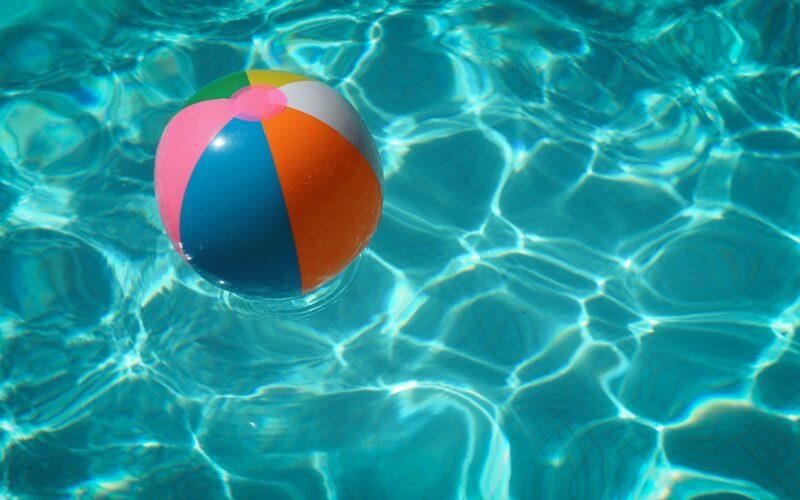
Having a swimming pool can be a great asset, but it requires regular maintenance in order to stay in good condition. One of the most important pieces of equipment you will need is a k10 conductivity sensor. This device will measure the amount of dissolved solids and metals present in your pool water, allowing you to adjust the chemical balance as necessary. Let’s take a look at what you should consider when choosing the right k10 conductivity sensor for your pool.
Where can I buy K10 Conductivity Sensors?
These days it’s easy to buy a good quality k10 conductivity sensor online. It can help to look at reviews from previous customers before making any decisions; this will help ensure that you get reliable products from reputable vendors. You should also compare prices between different vendors—while quality should always come first when selecting products for your home or business needs, finding something within budget is always preferable!
What Is Conductivity?
Conductivity is simply the ability of a solution or material to carry an electrical current—in this case, the water in your swimming pool. A k10 conductivity sensor measures the electrical current passed through the water, which can then be used to determine various parameters like chlorine content, pH balance, and more. This information can help you better understand how healthy and balanced your swimming pool is and make adjustments as needed.
Selecting the Right Sensors
When choosing a k10 conductivity sensor for your pool, there are several factors to consider. First of all, look at the range of measurements offered by each model—you want one that covers all of the metrics that are most important to you (like chlorine and pH). Additionally, make sure to choose one that can be easily installed into existing equipment. Finally, double-check for compatibility with other systems or products used to maintain your pool’s balance; incompatibilities can cause major headaches down the line! Read on to find out more about how to choose the best K10 conductivity sensor for your pool.
Size and Installability
Choosing the right k10 conductivity sensor for your pool can seem like a daunting task. It is important to consider both the size and installability according to your unique needs. K10 conductivity sensors come in a variety of lengths, widths, and sizes so it is important to pick one that fits your existing plumbing system and is easy to install without any major modifications or cutting. If you are unsure what size would best fit, you should measure the area before investing in a conductivity sensor. It also helps if it has an adjustable mounting bracket so that it can be easily adjusted for optimum reading accuracy.
The installation process is also worth taking into consideration when selecting the right k10 conductivity sensor. Many models have simple ‘plug-and-play’ installability so you may not need additional tools or materials for installation; saving time, on top of money, in the long run. Ultimately, as long as you think about size and installability beforehand you should end up with a practical solution for your particular pool!
Sensor Technology
When choosing the right k10 conductivity sensor for your pool, sensor technology can help you make sure you’re making an informed decision. K10 sensors are designed to easily monitor the total dissolved solids present in a pool or spa, by measuring resistance and converting it into an electrical signal. Make sure to research and compare various models, as the features that suit one pool might not be optimal for another. Look for sensors with corrosion-resistant and waterproof roughing glass bodies, resistance temperature detectors that keep readings accurate regardless of ambient temperatures, and adjustable concentration levels.
Durability
With a pool, it’s important to keep the water quality and chemistry balanced in order to stay safe from bacteria buildup and other health hazards. To ensure the safety of your pool, you’ll want to choose a k10 conductivity sensor that is built with durability and accuracy in mind. The last thing you want is for your sensor to become damaged due to exposure over time, so look for a sensor equipped with corrosion-resistant materials, such as stainless steel or titanium components, so that your device can withstand regular contact with water and still maintain precision every time.
Conclusion
Choosing the right k10 conductivity sensor for your pool can be a tricky process, but following these tips can help make sure you select one with all the features needed to get accurate readings and keep your pool running smoothly over time. Remember to look for sensors with adjustable mounting brackets, microelectronic technology, and corrosion-resistant construction for optimal performance and durability – this will ensure that you have all the information needed about your pool’s water chemistry without having to worry about inaccurate results or damage due to exposure over time!





